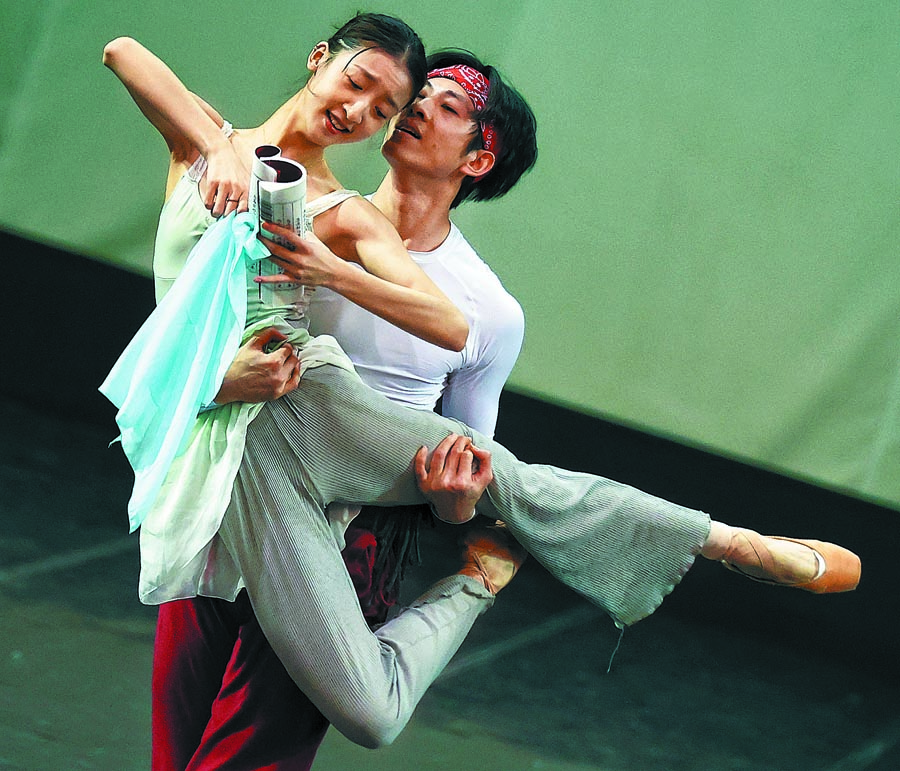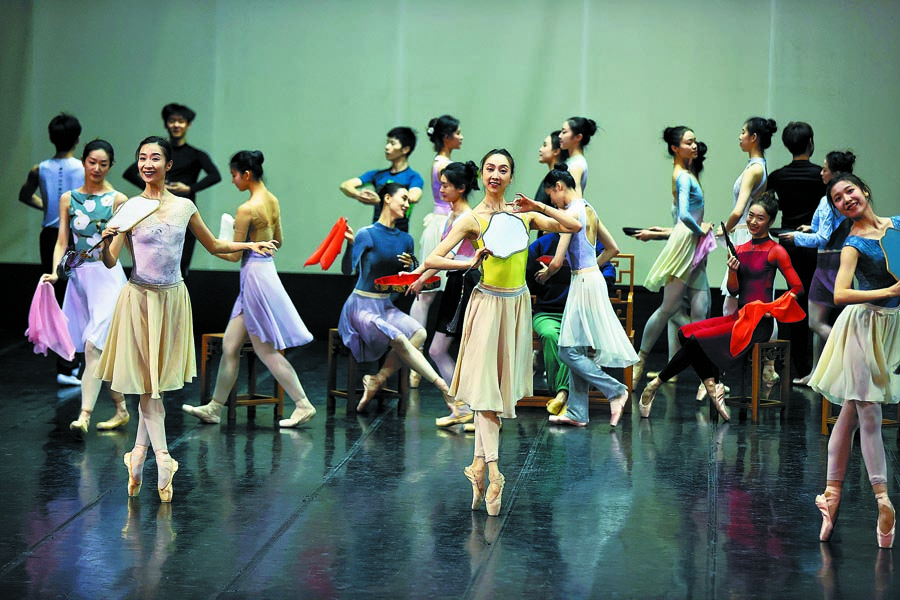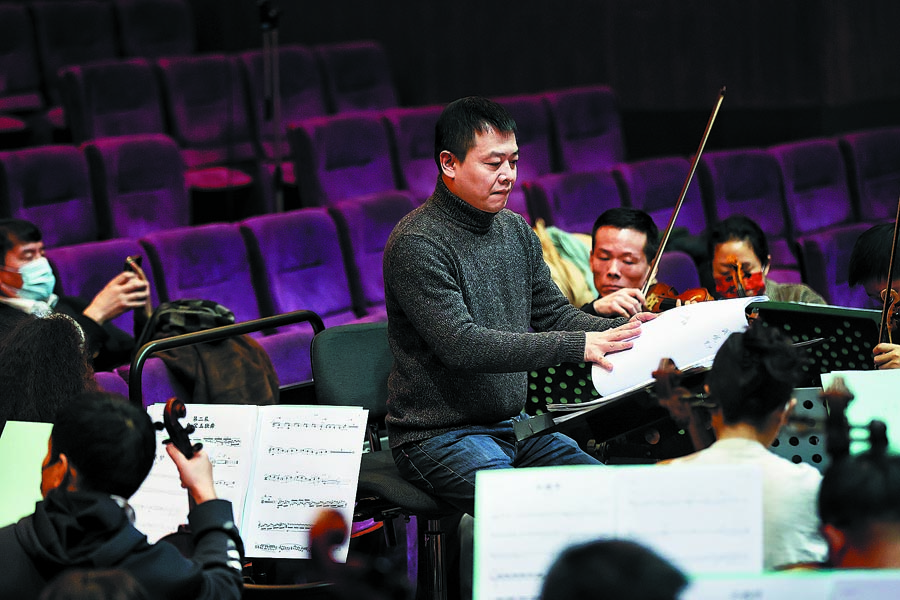Dancers put new twist on a classic

"For many directors, it's a dream job to direct stage productions based on the epic novel," says Tong Ruirui, director of the ballet production. "It's daunting and challenging on so many levels, such as how to narrow the hundreds of characters in the novel down, and how to tell the story when so many people already know it incredibly well."
Tong is known for directing and choreographing award-winning dance dramas, such as Silky Fan and Ribbons featuring dancer Wang Yabin and Goddess of the Luo River, featuring dancer Tang Shiyi.
This is the first time that Tong has worked with the National Ballet of China and also the first time that she has directed a ballet production.
The novel's importance and place in Chinese culture is also reflected in Redology, the academic study of Cao's Dream of the Red Chamber, one of the four great classical novels of China.
The story of Dream of the Red Chamber has been told through various art forms. In 1958, the Shanghai Yueju Opera House produced its first production of Dream of the Red Chamber, which achieved huge success. In 1962, the production was made into a two-episode film featuring the same cast. Yueju Opera is the second-most popular type in the country, and combines singing, dancing and acting.

In 1987, a 36-episode TV series based on the novel was aired, and appealed to viewers of all ages.
In 2010, director Li Shaohong helmed a 50-episode remake. Though it gained a lot of attention — a televised contest was even held to select actors and actresses for the TV show, it remained eclipsed by the 1987 version.
"For the ballet production, it's about using ballet language to tell the classic story," Tong says. "We spent lots of time talking to experts and scholars who provided us with information about their research of the novel and the characters, as well as reading the novel ourselves over and over again. The interpretation of the novel is varied, which allowed us to imagine and create. Hopefully, the audience, who may already know the story well, will gain a unique perspective.
"The novel mirrors Chinese society then, from politics and social rules, to food, fashion and architecture. People will reengage with this novel on a different level," the director adds.
Tong says that there are lots of well-known scenes in the novel, which will be presented onstage, such as Jia being summoned to his father's study and his father questioning him and giving him a severe beating for his offenses, as well as the weeping Lin, who feels sentimental upon seeing the falling of flowers and buried the petals in the garden.
Besides the love triangle among Jia, Lin and Xue, there are portrayals of the Jia family and its downfall. Jia also observes his family and recalls his life through his dreams, before the ending of the story, with him wandering aimlessly in the snow.
With Feng Ying, president of the National Ballet of China, initiating the idea of the ballet production and working as the chief producer, the work also features some of the country's top artists, including veteran composer Ye Xiaogang.

Ye has written music for the company's ballet piece, Across the Water, which premiered in 1986, and The Last Paradise, which, choreographed by French dancer and choreographer Roland Petit, premiered in 2008.
Ye says: "Lyricism and romanticism are at the core of the ballet production Dream of the Red Chamber.
"Although there is no traditional Chinese musical instruments involved, the music pieces are based on a Chinese aesthetic."
The symphony orchestra of the National Ballet of China will perform under the baton of conductor Zhang Yi during the premiere and the following shows.

